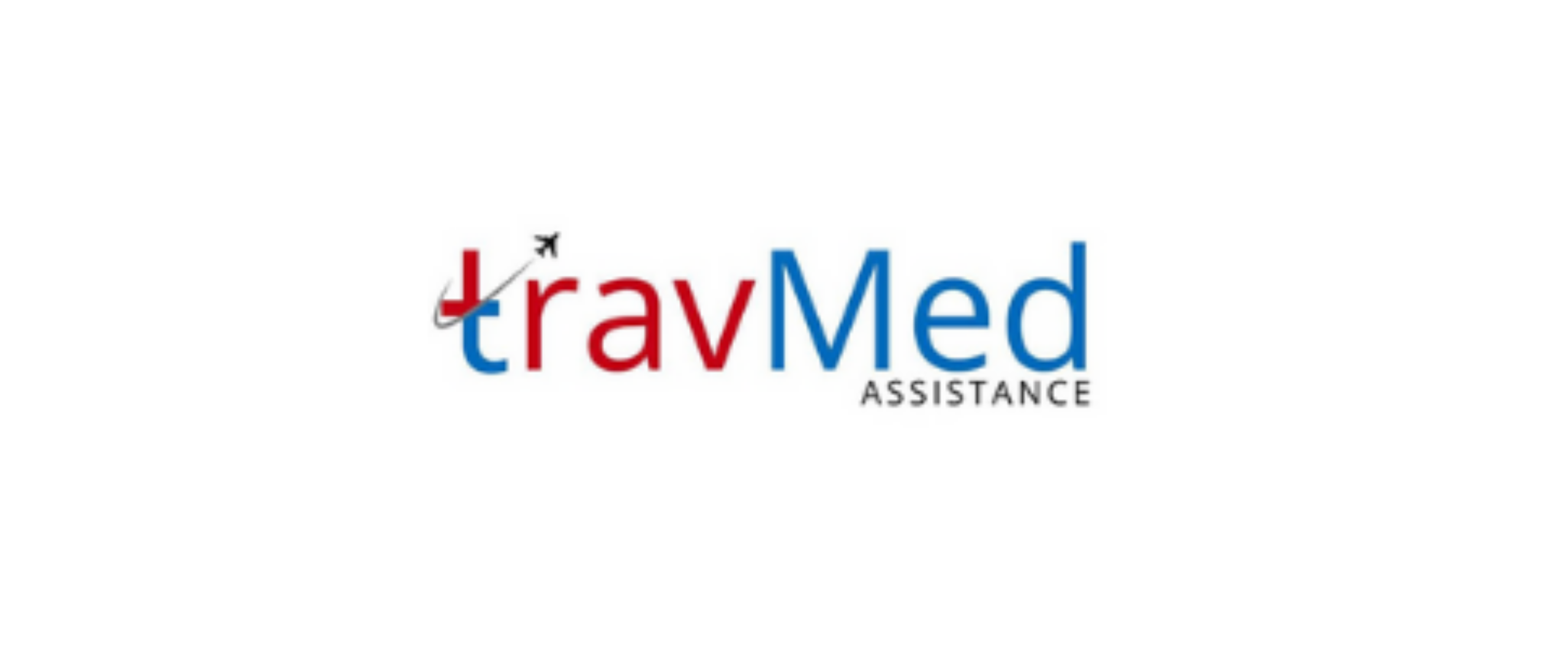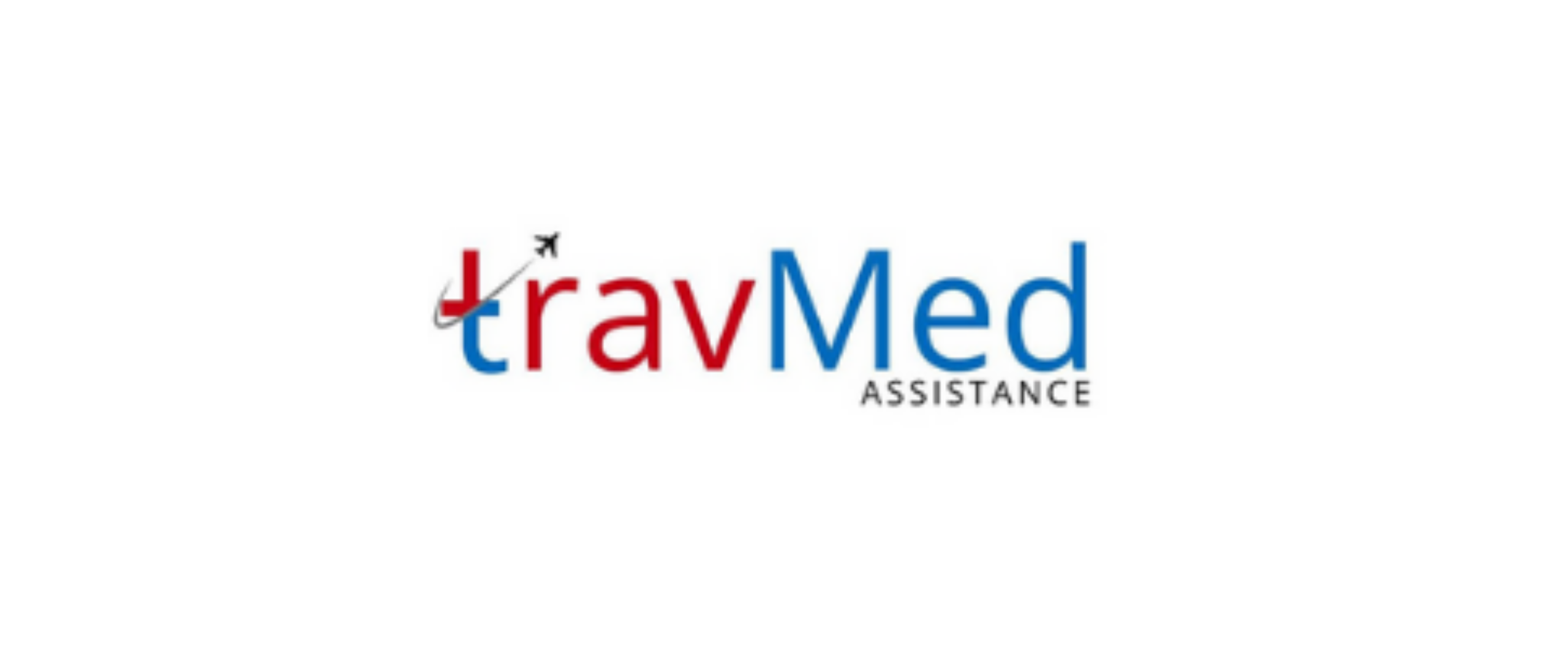
Emergency travel arrangements in Nepal encompass a range of services designed to assist travelers facing unexpected situations or urgent needs. These arrangements include last-minute flight bookings, emergency accommodations, transportation services, and assistance with travel documentation. In Nepal, such services cater to both domestic and international travelers who require immediate support due to unforeseen circumstances like medical emergencies, natural disasters, or sudden changes in travel plans. Emergency travel arrangements aim to provide swift and efficient solutions, ensuring travelers can reach their destinations safely or return home promptly when faced with urgent situations in Nepal’s diverse and sometimes challenging terrain.
Who provides these services in Nepal?
In Nepal, emergency travel arrangements are provided by a variety of entities, including specialized travel assistance companies, travel agencies, airlines, and some hotels. Companies like Travmed Assistance, Nepal Travels, and Himalayan Rescue Association offer dedicated emergency travel services. Major airlines operating in Nepal, such as Nepal Airlines and Yeti Airlines, also provide emergency booking options. Additionally, international travel insurance companies often partner with local service providers to offer emergency travel assistance to their policyholders. Some high-end hotels in Kathmandu and Pokhara may also assist their guests with emergency travel arrangements through their concierge services. Government agencies like the Nepal Tourism Board can also provide guidance and support in emergency situations.
How do travel arrangement processes work?
The process for emergency travel arrangements in Nepal typically begins with the traveler contacting a service provider through their emergency hotline or online platform. The provider assesses the situation’s urgency and gathers essential information about the traveler’s needs. They then coordinate with airlines, hotels, and transportation services to secure the necessary bookings. For international travelers, the provider may liaise with embassies or consulates if visa or documentation assistance is required. The process often involves real-time communication between the service provider and the traveler, ensuring that arrangements meet specific needs and preferences. In cases of medical emergencies, providers may coordinate with healthcare facilities and arrange medical evacuations if necessary. Throughout the process, the service provider manages logistics, handles payments, and provides continuous support until the traveler’s emergency needs are met.
What documents are required for emergencies?
For emergency travel arrangements in Nepal, several documents are typically required:
- Valid passport with at least six months validity
- Visa or visa-on-arrival eligibility proof
- Proof of onward travel or return ticket
- Travel insurance policy details
- Medical records or doctor’s note (for medical emergencies)
- Police report (in case of theft or loss of documents)
- Emergency contact information
- Credit card or proof of funds for emergency expenses
- Copies of original travel itinerary and bookings
- Vaccination certificates (if applicable)
- Letter from employer or educational institution (for visa extension)
Having digital copies of these documents stored securely online can expedite the process in emergencies.
How much do emergency arrangements cost?
The cost of emergency travel arrangements in Nepal can vary significantly depending on the nature and urgency of the situation. Last-minute flight bookings typically incur higher prices, often 20-50% more than regular fares. Emergency accommodation can range from $50 to $300 per night, depending on the location and quality. Transportation services like private car hires for urgent travel may cost $50-$200 per day. Medical evacuations, if required, can be extremely expensive, potentially costing thousands of dollars. Service fees charged by emergency travel assistance providers in Nepal usually range from $50 to $200, depending on the complexity of the arrangements. Additional costs may include visa extension fees ($30-$100) and express processing charges for documentation. Travel insurance can significantly reduce out-of-pocket expenses for emergency arrangements, making it a wise investment for travelers to Nepal.
How long do arrangements take in Nepal?
The time required for emergency travel arrangements in Nepal can vary based on the specific circumstances and the efficiency of the service provider. In urgent situations, flight bookings can often be secured within 1-3 hours, especially for domestic flights. International flight arrangements may take 3-6 hours due to limited options and potential visa requirements. Emergency accommodation can typically be arranged within 1-2 hours in major cities like Kathmandu or Pokhara, but may take longer in remote areas. Visa extensions or emergency visa processing usually requires 24-48 hours. For medical emergencies requiring evacuation, arrangements can take 6-12 hours, depending on the patient’s location and condition. Overall, most emergency travel arrangements in Nepal can be completed within 24 hours, with many services available much faster in critical situations. However, travelers should be aware that Nepal’s infrastructure and bureaucratic processes can sometimes cause delays, especially in remote regions or during peak tourist seasons.
Are services available for international travelers?
Emergency travel services in Nepal are readily available for international travelers. Many service providers in Nepal cater specifically to foreign visitors, offering multilingual support and understanding of international travel requirements. These services include assistance with visa extensions, liaison with embassies, and coordination with international insurance providers. Companies like Travmed Assistance and Nepal Travels have experience dealing with diverse nationalities and can navigate the complexities of international travel emergencies. Airlines operating international routes to and from Nepal offer emergency booking services for foreign travelers. Additionally, international travel insurance companies often have partnerships with local providers in Nepal to ensure their policyholders receive prompt assistance. Hotels and tour operators in Nepal’s major tourist destinations are also equipped to assist international guests with emergency travel needs, often providing translation services and cultural guidance to ease the process during stressful situations.
How reliable are service providers in Nepal?
The reliability of emergency travel service providers in Nepal varies, but several established companies have built strong reputations for dependable assistance. Companies like Travmed Assistance and Himalayan Rescue Association are known for their prompt response and efficient handling of emergency situations. Major airlines operating in Nepal generally provide reliable emergency booking services, especially for domestic flights. However, travelers should be aware that Nepal’s challenging geography and occasional political instability can impact service reliability, particularly in remote areas. It’s advisable to choose providers with positive reviews and recommendations from reputable sources. International travelers often find that services affiliated with their travel insurance or linked to well-known global assistance networks tend to be more reliable. While most providers strive to deliver efficient services, occasional delays or complications can occur due to factors beyond their control, such as weather conditions or limited infrastructure in certain regions of Nepal.
Can services be customized for urgent needs?
Emergency travel services in Nepal can often be customized to meet specific urgent needs. Service providers understand that each emergency situation is unique and requires tailored solutions. For medical emergencies, arrangements can be customized to include specialized transportation, such as air ambulances or vehicles equipped with medical facilities. In cases of natural disasters or political unrest, providers can create custom evacuation plans considering the traveler’s location and the safest routes available. For business travelers facing urgent deadlines, services can be tailored to prioritize the fastest possible travel arrangements, including chartered flights if necessary. Travelers with disabilities or special needs can request customized assistance and transportation options. Some providers offer personalized security services for high-profile individuals or those traveling in sensitive areas. The level of customization often depends on the traveler’s budget and the provider’s resources, but most reputable companies in Nepal strive to accommodate urgent and specific requests to the best of their abilities.
How do I access emergency travel services?
Accessing emergency travel services in Nepal can be done through several channels:
- Contact your travel insurance provider’s 24/7 emergency hotline
- Reach out to your hotel’s concierge or front desk for immediate assistance
- Call dedicated emergency travel assistance companies like Travmed Assistance
- Use online platforms of travel agencies offering emergency services
- Contact airlines directly for urgent flight changes or bookings
- Reach out to your country’s embassy or consulate in Nepal for guidance
- Use mobile apps designed for emergency travel assistance
- Contact local tour operators or travel agencies for on-ground support
- Utilize emergency services provided by credit card companies (if applicable)
- Call the Nepal Tourism Board’s helpline for official assistance and information
Having these contact details readily available before traveling to Nepal is advisable for quick access in emergencies.
Are services available online in Nepal?
Online emergency travel services are increasingly available in Nepal, reflecting the country’s growing digital infrastructure. Many travel agencies and assistance companies now offer online platforms where travelers can request emergency services 24/7. Airlines operating in Nepal provide online booking systems that allow for last-minute flight changes and emergency reservations. Several hotels and accommodation providers in major cities like Kathmandu and Pokhara offer online booking options for urgent stays. Travel insurance companies often provide online portals where policyholders can initiate emergency assistance requests. Mobile apps dedicated to travel emergencies are also accessible in Nepal, offering features like one-click assistance and real-time communication with service providers. However, travelers should note that internet connectivity can be unreliable in remote areas of Nepal, so having alternative contact methods is advisable. While online services offer convenience, for complex emergencies, direct phone communication is often more effective and widely used in Nepal.
How are safety and convenience ensured?
Safety and convenience in emergency travel arrangements in Nepal are ensured through various measures implemented by service providers. Reputable companies conduct regular safety audits of their partner airlines, hotels, and transportation services to maintain high standards. Many providers offer 24/7 support hotlines staffed by multilingual professionals trained in crisis management. For medical emergencies, providers coordinate with accredited healthcare facilities and ensure that transportation methods meet necessary medical standards. In terms of convenience, providers often offer door-to-door services, handling all aspects of travel arrangements to minimize stress for the traveler. Digital platforms are used to provide real-time updates and allow travelers to track the progress of their arrangements. Some companies offer GPS tracking for transportation services to enhance safety. To ensure financial security, reputable providers use secure payment systems and provide detailed breakdowns of costs. Additionally, providers often have established protocols for different types of emergencies, ensuring a systematic and efficient approach to handling urgent situations in Nepal’s diverse geographical and cultural landscape.


